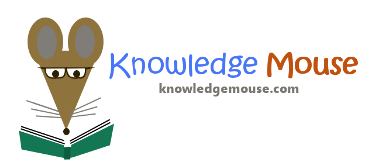

| Questions | Answers |
|---|---|
| Point in the earth where an earthquake rupture begins. | Hypocenter |
| An elastic wave generated by an impulse such as an earthquake or explosion. | Seismic Wave |
| Large, thin, relatively rigid plates that move relative to one another on the outer surface of the earth. | Tectonic Plates |
| Innermost part of the earth. | Core |
| Fault that is likely to have another earthquake in the future. | Active Fault |
| A number that characterizes the relative size of an earthquake. | Magnitude |
| Outermost major layer of the earth. | Crust |
| The zone of earthquakes surrounding the Pacific Ocean. | Ring of Fire |
| A term used to describe a a sudden slip on a fault. | Earthquake |
| Mathematical device used to compare the size of earthquakes. | Richter Scale |
| An instrument to record and detect earthquakes. | Seismograph |
| Number of times something happens in a certain period of time like the ground shaking up and down. | Frequency |
| Follows the largest shock of an earthquake sequence. | Aftershock |
| Point in the crust where a seismic rupture begins. | Epicenter |
| An instrument that records the acceleration of the ground during an earthquake. | Accelerograph |
| A fracture along which the blocks of crust on wither side have moved relative to one another. | Fault |
| Sea wave of local or distant origin that results from large scale seafloor displacements associated with large earthquakes. | Tsunami |
| Rock-deforming processes and resulting structures that occur over large sections of the lithosphere. | Tectonic |
| A record written by a seismograph in response to ground motions such as explosion or earthquake. | Seismograph |
| How fast a point on the ground is shaking as a result of an earthquake. | Velocity |
And here are some other online quizzes in the category 'Geology':
Geography (test)
Unit 1 Test
Unit 1 Test
Unit 1 Test
Unit 1 Test
liessa
quizcano
Intro. to Earth Science Vocab. QUIZ
Combining Forms - Endocrine System
Ocean Floor Features
Layers of the Earth and Tectonic Plates